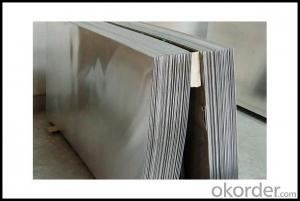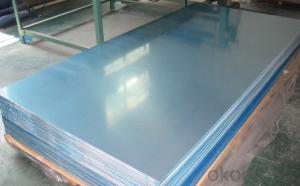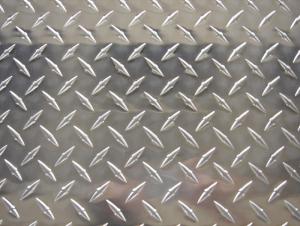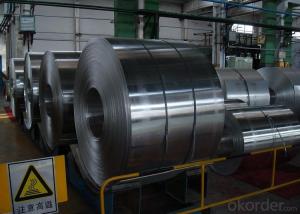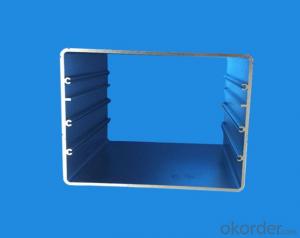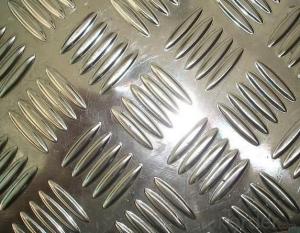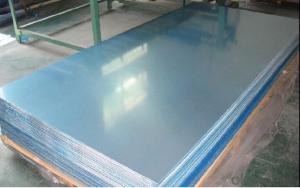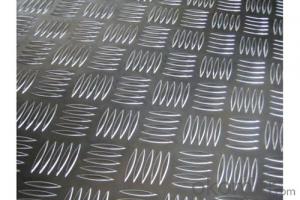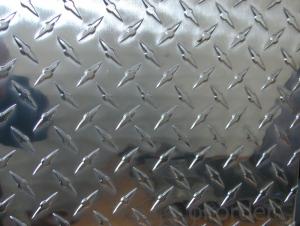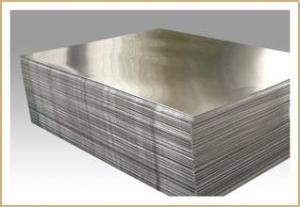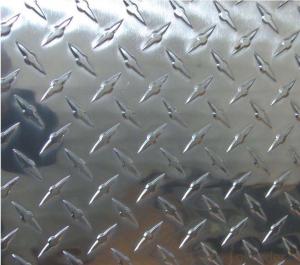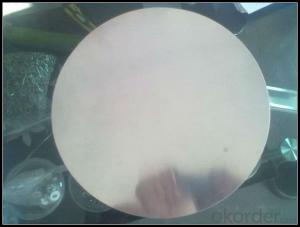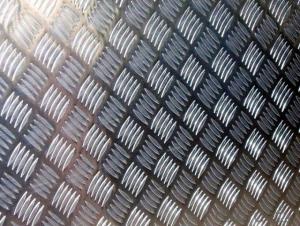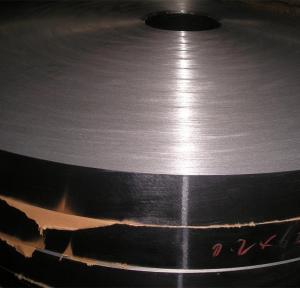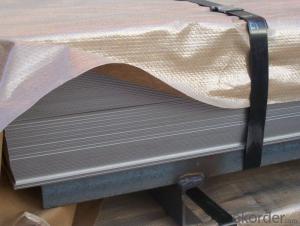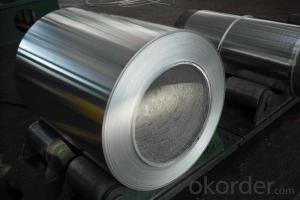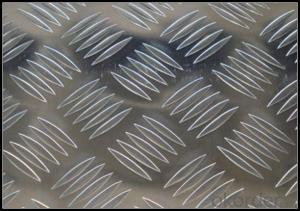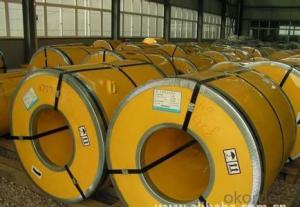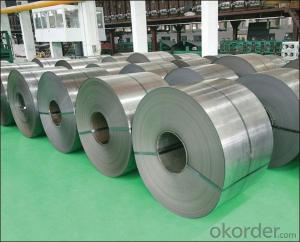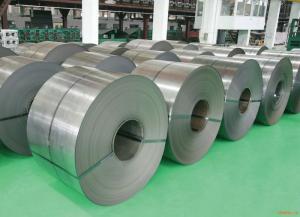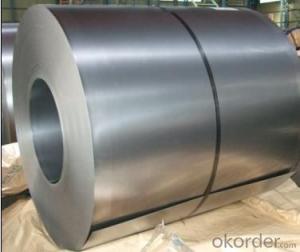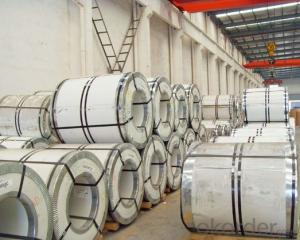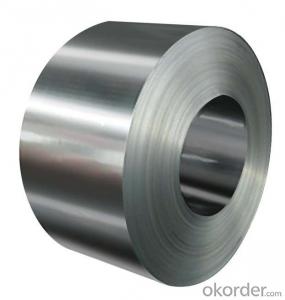1/8 Black Aluminum Diamond Plate
1/8 Black Aluminum Diamond Plate Related Searches
1/8 Aluminum Diamond Plate 1/8 Diamond Plate Aluminum 1/8 Inch Aluminum Diamond Plate 1/8 Inch Diamond Plate Aluminum 1 8 Black Aluminum Diamond Plate 1 8 Aluminum Diamond Plate 1/8 Aluminum Plate 1/8 Aluminum Diamond Plate 4'X8' 4x8 Aluminum Diamond Plate 1/8 4x8 1/8 Aluminum Diamond Plate Aluminum 1/8 Plate 1/8 Inch Aluminum Plate 1 8 Inch Aluminum Diamond Plate 4x8 1/8 Diamond Plate Aluminum Aluminum Plate 1/8 3/8 Aluminum Diamond Plate 1/4 Aluminum Diamond Plate 1/8 Thick Aluminum Plate 1 8 Inch Diamond Plate Aluminum 1/8 In Aluminum Plate 1/2 Aluminum Diamond Plate 1/4 Inch Aluminum Diamond Plate 1/16 Diamond Plate Aluminum 1/8 Inch Thick Aluminum Plate 1/4 Diamond Plate Aluminum Aluminum Plate 1/8 Thick Aluminum Diamond Plate 1/4 Thick 4x8 1/4 Aluminum Diamond Plate 1/4 Aluminum Diamond Plate 4x8 Black Aluminum Diamond Plate1/8 Black Aluminum Diamond Plate Supplier & Manufacturer from China
The 1/8 Black Aluminum Diamond Plate is a versatile product known for its durability and aesthetic appeal. This type of aluminum plate features a diamond pattern on one side, providing excellent traction and slip resistance in various applications. It is commonly used in industries such as construction, automotive, and manufacturing, where a non-slip surface is required for safety and efficiency. The 1/8 Black Aluminum Diamond Plate is also popular for its corrosion resistance and lightweight properties, making it an ideal choice for a wide range of projects.The 1/8 Black Aluminum Diamond Plate is widely used in various scenarios, including walkways, ramps, platforms, and stair treads, where a slip-resistant surface is essential. It can also be utilized as a decorative element in architectural designs, adding a modern and sleek look to buildings and structures. Moreover, this product is suitable for use in both indoor and outdoor environments, thanks to its weather-resistant characteristics. The 1/8 Black Aluminum Diamond Plate's versatility makes it a popular choice among professionals and DIY enthusiasts alike.
Okorder.com is a reputable wholesale supplier of the 1/8 Black Aluminum Diamond Plate, offering a large inventory to cater to the diverse needs of customers. As a leading online platform, Okorder.com ensures that customers have access to high-quality products at competitive prices. With a commitment to customer satisfaction, Okorder.com provides efficient shipping and excellent customer service, making it a reliable choice for purchasing the 1/8 Black Aluminum Diamond Plate.
Hot Products
